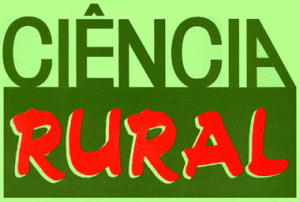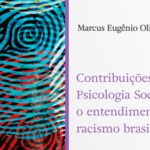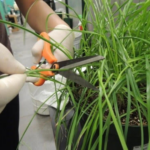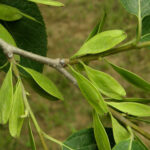By André Alfredo Coelho, Mestrando em Zootecnia, Programa de Pós-Graduação em Zootecnia, Universidade Federal de Santa Maria, Santa Maria, RS, Brazil
Located in the municipality of Bagé, Rio Grande do Sul, the experimental unit of the research was composed by two treatments (continuous and rotational grazing) and grazed by heifers. The researchers obtained data from the beginning and the end of the experimental period from June to October 2016 on the frequency of the structural composition and the lower stratum, forage mass of this stratum and the weight of the animals. The researchers used multivariate methods, linear regression and comparison of means to analyze the data. According to the analysis, the structure composition and the forage mass changed during the period. The management methods interfered in the composition of the forage mass, and its higher levels were related to rotational grazing. Even so, this change did not reflect the animals’ weight gain. These are the results published in the article “Vegetation composition and forage mass in grassland with a double structure under two winter grazing regimes” in the journal Ciência Rural vol. 48, no. 6).
For the researcher André Coelho, the research defines some effects of management alternatives on the diversity of natural pastures. In practice, these results can help ranchers to choose ways to manage their fields. “Increasing species in the forage mass, for example, can guarantee other effects on the production system over time, which will be reflected secondarily in the performance of the animals,” he says.
The methodological approach used to explore information about composition was one of the innovations of the research. According to André, the work incorporated approaches from the ecology of communities field. The focus was to understand some effects of management systems on the complexity of the pastoral agro ecosystem.
Reference
ALTESOR, A., et al. Effect of grazing on community structure and productivity of a Uruguayan grassland. Plant Ecology [online]. 2005, vol. 179, no. 1, pp. 83-91, eISSN: 1573-5052 [viewed 06 August 2018]. DOI: 10.1007/s11258-004-5800-5. Available from: https://link.springer.com/article/10.1007/s11258-004-5800-5
To read the article, access it
COELHO, A.A., et al. Vegetation composition and forage mass in grassland with a double structure under two winter grazing regimes. Cienc. Rural [online]. 2018, vol. 48, no. 6, e20170154, ISSN: 0103-8478 [viewed 06 August 2018]. DOI: 10.1590/0103-8478cr20170154. Available from: http://ref.scielo.org/t446yj
External link
Ciência Rural – CR: <http://www.scielo.br/cr>
Como citar este post [ISO 690/2010]:


















Recent Comments